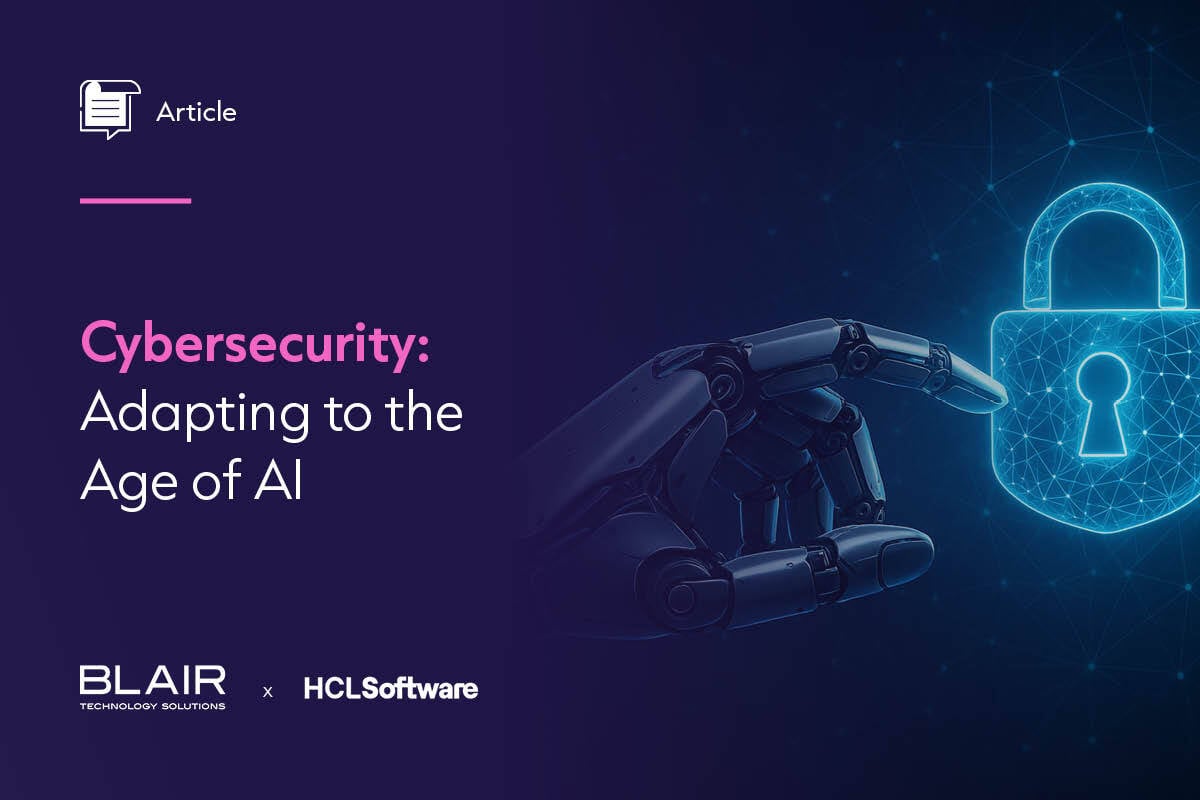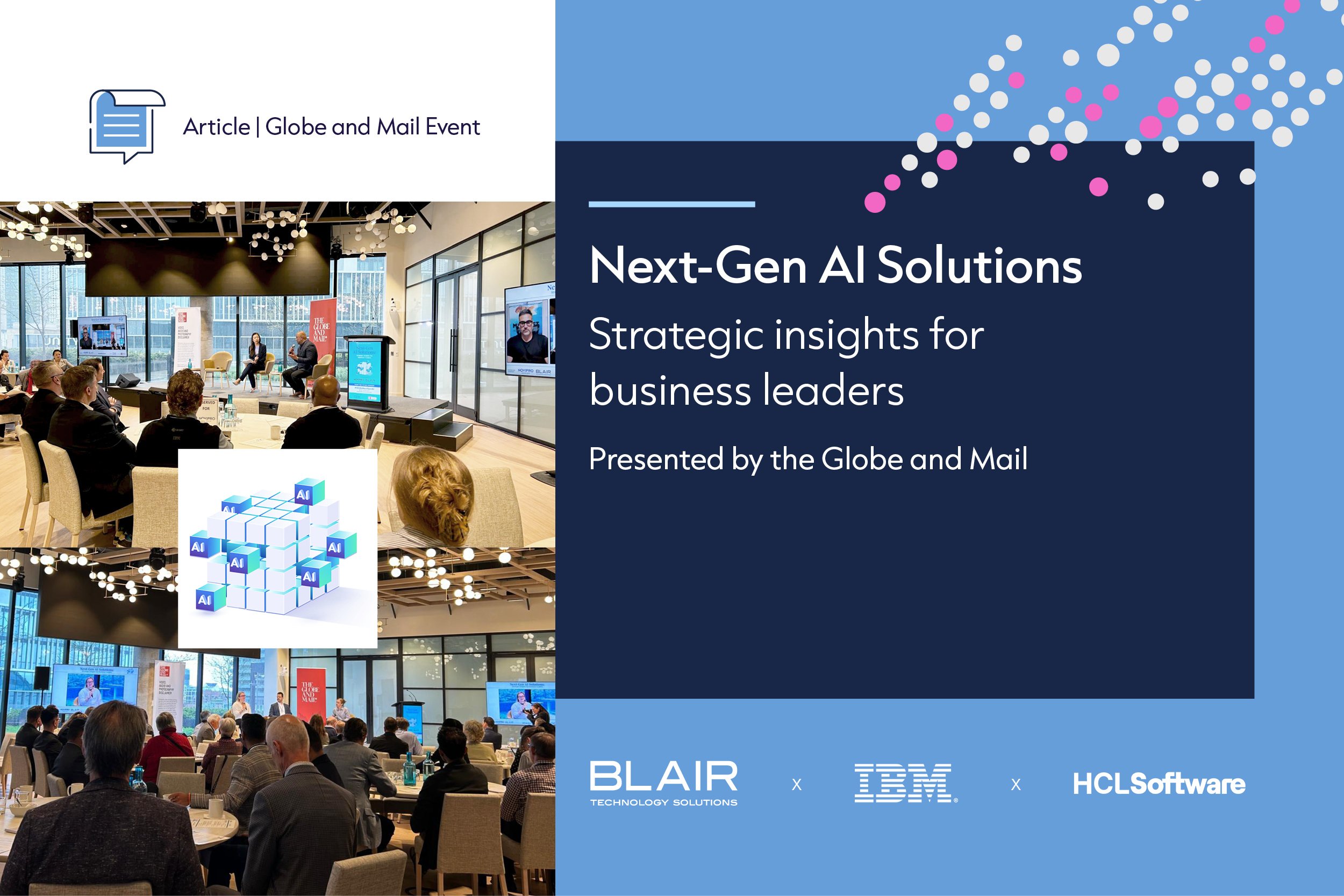According to Gartner’s definition, a legacy system is “an information system that may be based on outdated technologies, but is critical to day-to-day operations.” For many organizations, there are compelling reasons for keeping these legacy systems:
-
The system works satisfactorily and there is no reason to change it. For example, many IBM i clients believe IBM i is the most reliable platform. It doesn’t require a DBA or many resources to maintain the applications. It also provides the best performance compared to other platforms.
-
The way that the system works is not well understood. This could happen when the designers of the system have left the organization, and the system has either not been fully documented or documentation has been lost.
-
The costs of redesigning or replacing the system are prohibitive.
-
Integration with newer systems may be difficult because new software may use completely different technologies.
According to a 2017 survey of 1,200 Canadian business decision makers on “How Canadian Businesses are Transforming”(MNP Group), 25% of large and mature organizations find replacing their costly outdated legacy systems to maintain or improve their competitiveness is a barrier to their digital transformation journey. So, the question is how can businesses invest in digital transformation strategies when legacy systems continue to be part of their daily operations?
Ongoing modernization
Where it is impossible to replace legacy systems completely, more and more organizations have embraced the idea of ongoing modernization. Modernization includes many things, such as web and mobile, modularizing your code to integrate with other technologies, improving business processes, and much more. When planning a modernization change to an application, an incremental approach is least disruptive and should be used whenever possible. Often, this means breaking up a large project into smaller units that can be piloted, or run in phases or in parallel with the existing functionality.
Working with a trusted Managed Services Provider
Your data infrastructure has a lot of moving parts and requires full-time attention. Ongoing monitoring, maintenance, and upgrades required a significant investment of time and resources. These challenges are further complicated with skill depletion and resources issues for legacy systems. Working with a trusted Managed Services provider will give you access to a pool of knowledgeable and experienced professionals.
Your competitors are transforming – are you? If you are facing challenges from managing legacy systems within limited budget, resources, and expertise, let’s talk.









